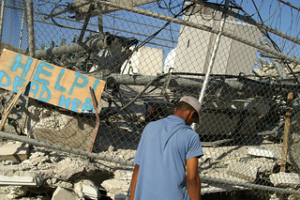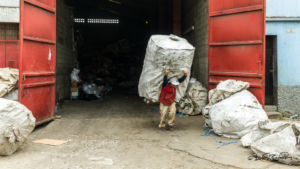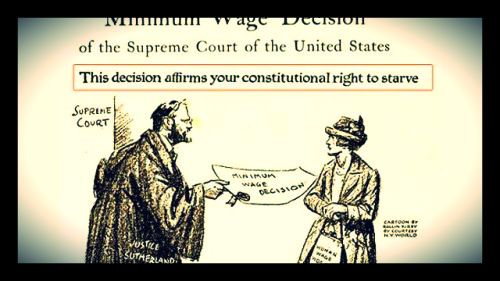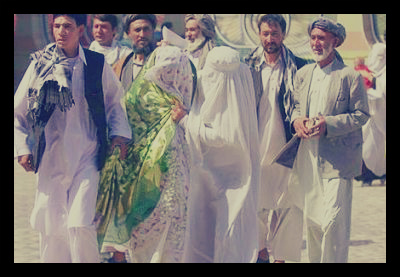
South Asia is experiencing what one World Bank economic advisor is calling the South Asian Development Paradox. Ejaz Ghani notes that despite experiencing rapid economic growth, the region still houses the largest concentration of people living in poverty in the world. Ghani writes on his observations and makes recommendations on how to remedy this South Asian Paradox.
India makes up nearly 80 percent of South Asia’s GDP and is recognized as an emerging economic powerhouse. This progress is being experienced as well by other South Asian countries transitioning from low-income to middle-income status. Regardless, what is being seen right now is a shift in the “geography of poverty.” More than 70 percent of the world’s poor are now concentrated not in low-income countries but in these middle-income countries with more poor people in South Asia than there are in Sub-Saharan Africa. Ghani predicts that this is a pattern that is likely to continue over the next decade.
In South Asia, the number of poor has increased from 549 million in 1981 to 595 million in 2005. In India, where three-quarters of these poor reside, the numbers rose from 420 million to 455 million. Oddly enough, the poverty rate for India fell from 60 percent to 40 percent in this same time frame. Conventional wisdom has associated decreasing poverty rates to growth. Poverty rates are indeed going down but not at fast enough rates to reduce the number of poor people. This lag in poverty reduction is not due in part to underperformance as India, China, Sri Lanka, and Bangladesh are in line with the global trend and what economic growth would predict it to be. Unfortunately, South Asian countries have not fared as well as China and Thailand. Merely being on par with the global trend is not enough for South Asia, which has the largest concentration of the poor.
Ghani posits two big questions for South Asia:
• Has the pace of poverty reduction kept up with the pace of income growth?
• Has the pace of human development and gender parties kept up with the pace of income growth?
With what is being seen happening in South Asia, the alternative view that growth by itself without improving social indicators such as education, health, and women’s participation in economic activities may not be enough, seems to ring true. He compares India to China, which has roughly the same population. Both have witnessed an increase in inequality of distribution of wealth across people, with inequality in China increasing more rapidly. Despite this, China has seen much faster poverty reduction while India has experienced much slower economic growth.
Ghani notes that South Asia lags behind in education, health and gender inequality. In India, the growth enrollment ratio in secondary school, the ratio of the number of students attending university to the number of students attending school, is 40 percent, much lower than East Asia’s which is at 70 percent. Also, the region is plagued with the highest rates of malnutrition and the largest number of undernourished children in the world. In terms of gender inequality, women’s labor-force participation rate in South Asia is the lowest in the world.
To address this South Asian Paradox, Ghani prescribes direct policy interventions to accelerate social progress. In particular, he stresses the importance of improving gender inclusiveness. By reducing gender inequality in the workforce and education, South Asia can hope to see a revolutionary transformation in society.
– Rafael Panlilio
Source: World Bank
 One voice may not always be enough for the world to hear, but when a community of more than 900 cities joins together to combat and confront development challenges such as global poverty, being heard is a guarantee. The World Alliance of Cities Against Poverty (WACAP) is a network of more than 900 cities, some of them located in nations such as the United Kingdom, Turkey, Ethiopia, among many more. This vast number of cities collaborate together to mobilize change with individuals, governments, and anyone willing to bring a helping hand into confronting and ending global poverty.
One voice may not always be enough for the world to hear, but when a community of more than 900 cities joins together to combat and confront development challenges such as global poverty, being heard is a guarantee. The World Alliance of Cities Against Poverty (WACAP) is a network of more than 900 cities, some of them located in nations such as the United Kingdom, Turkey, Ethiopia, among many more. This vast number of cities collaborate together to mobilize change with individuals, governments, and anyone willing to bring a helping hand into confronting and ending global poverty.

 While most teenage girls her age are reluctant to take out the trash, Courtney Quigley is begging her parents to return to Guatemala City to
While most teenage girls her age are reluctant to take out the trash, Courtney Quigley is begging her parents to return to Guatemala City to  In his State of the Union address, President Obama has called for a national increase in the minimum wage standard of the country. The President has proposed to raise the minimum wage to $9 from its current $7.25. The newly proposed amount would also have safeguards to account for inflation, which the current standard does not.
In his State of the Union address, President Obama has called for a national increase in the minimum wage standard of the country. The President has proposed to raise the minimum wage to $9 from its current $7.25. The newly proposed amount would also have safeguards to account for inflation, which the current standard does not.



 Xi Jinping who is a General Secretary of the Communist Party of China visit the Fuping County late last December. Fuping County is regarded as one of the most impoverished localities in China with an annual net income per capita that is less than half the set poverty line of 2300 yuan, or $390 USD.
Xi Jinping who is a General Secretary of the Communist Party of China visit the Fuping County late last December. Fuping County is regarded as one of the most impoverished localities in China with an annual net income per capita that is less than half the set poverty line of 2300 yuan, or $390 USD.